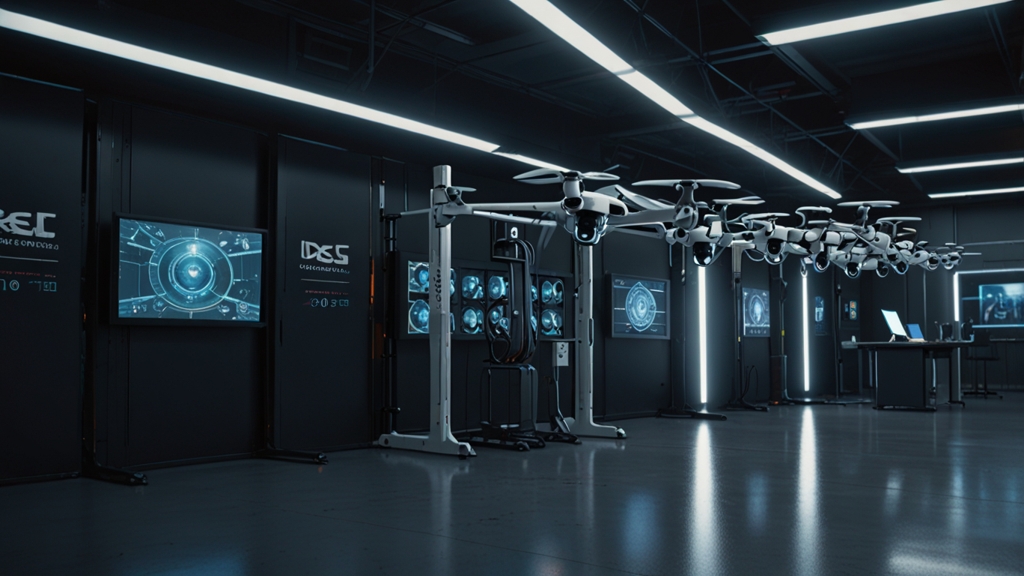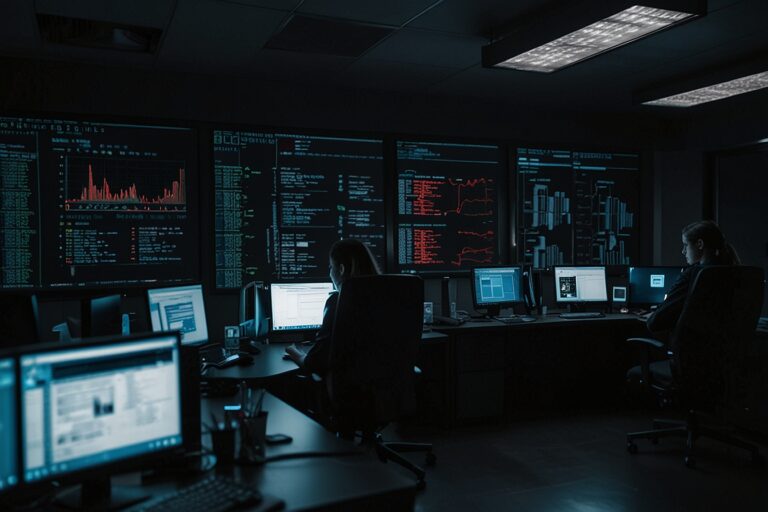
TL;DR
- RealSense has officially spun out from Intel after 14 years of incubation.
- The company raised $50 million in Series A funding from Intel Capital and strategic backers.
- Its stereoscopic 3D camera tech is used across robotics, AVs, drones, food service, and access control.
- With over 3,000 customers, RealSense now aims to scale independently and expand global deployment of its depth-sensing platform.
RealSense Goes Independent After 14 Years at Intel
RealSense, known for pioneering stereoscopic imaging within Intel’s innovation pipeline, is now a fully independent company. After years of advancing 3D perception tech under the semiconductor giant, RealSense has spun out with the backing of $50 million in new capital to serve a rapidly growing market for intelligent machines that navigate the physical world.
Led by longtime Intel executive Nadav Orbach, RealSense has already built a global footprint with over 3,000 enterprise customers across sectors like robotics, drone navigation, and autonomous vehicles.
The Data
| Key Metric | Details |
| Spinout Origin | Intel |
| New Company Name | RealSense |
| CEO | Nadav Orbach |
| Funding Raised | $50 million (Series A) |
| Lead Investor | Intel Capital |
| Customer Base | 3,000+ enterprise clients |
| Key Use Cases | Robotics, autonomous vehicles, drones, access control, food industry |
| Imaging Technology | Stereoscopic 3D depth sensing enhanced with infrared |
From Incubation to Innovation at Scale
Founded within Intel in 2011, RealSense began as a bet on the future of 3D perception, experimenting across multiple use cases — from gesture-based computing to mobile cameras. However, it was in robotics and machine automation that the company ultimately found product-market fit.
According to Orbach, “Machines live in the real world. They need to see, understand, and act — in real-time — with human-level depth awareness. That’s what we provide best.”
Real-World Use Cases: From Robots to Restaurants
RealSense cameras are designed to simulate human depth perception, enabling precise motion planning for machines. Industries using the tech include:
- Industrial robotics for real-time navigation and obstacle avoidance
- Drones and autonomous vehicles for 3D environment mapping
- Access control systems for facial authentication and biometric security
- Food service automation, including Chipotle’s partnership with PreciTaste for tracking food container levels
Even unconventional clients like fish farms are using RealSense to measure aquatic biomass inside underwater pens.
Funding and Strategic Vision
To support its new chapter, RealSense raised a $50 million Series A round led by Intel Capital, with participation from unnamed strategic partners. The capital will be deployed to:
- Expand the go-to-market team
- Enhance the core imaging stack, especially for human-robot interaction safety
- Improve edge processing for embedded vision applications
The leadership team combines deep technical roots from Intel with new entrepreneurial DNA. “It’s my first time on the other side of the table,” said Orbach of his fundraising journey, calling it “a humbling and exciting shift.”
Why This Matters: The Race to Commercial 3D Vision
As robotics and embodied AI move from R&D into deployment, hardware-software integration becomes a competitive edge. RealSense’s real-time 3D capture technology offers machines the ability to:
- Interpret and respond to human environments
- Reduce accidents in collaborative robotics
- Scale autonomous operations in logistics, agriculture, and defense
Competing solutions from Luxonis, Orbbec, and DepthAI signal a booming market — but RealSense enters with first-mover advantage, an industrial user base, and a clear roadmap.






